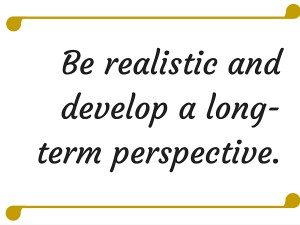Don’t be fooled by perceived wealth status
April 24, 2014

Financial discipline and a reality check is needed by many Canadians who feel wealthy but who are not. That is easier said than done.
We can see the wealth in our country. Even when people cannot afford to spend as they do, easy access to credit lets the high personal consumption lifestyle continue although built on a weak foundation of rising debt.
Statistics Canada reported in 2012, family wealth had jumped 45 percent from 2005 to $243,800. That is an increase of 88 percent since 1999.
Wealth accumulation has been strong, however, the disparity between those who share in that wealth and those who don’t have increased.
The wealthiest 20 percent account for just less than 70 percent of our nation’s wealth. The top 40 percent of families have approximately 90 percent of the wealth. This leaves the bottom 60 percent of families with just more than 10 percent of the wealth.
If we lived in a country with little wealth, spending habits would follow a pattern of making mindful purchases on items we need, wasting no money on things that are unnecessary.
That is not the case in Canada.
It seems that almost everyone has a cellphone, cable TV and Internet connection. We spend endlessly on non-essential items.
We are, however, not a country populated by just the wealthy. Statistics Canada data shows we have many citizens who are far less financially secure than we would like to think. The disparity of wealth is significant.
To a certain extent, it can be explained by the part of the country in which we live.
For example, recent empowerment figures show Alberta has created nine out of every 10 jobs over the last year.
There is a shift in wealth towards that province.
There has also been a shift in wealth towards those owning real estate because one third of a family’s wealth is in their principal residence.
Homeowners have benefited from the record high values of residential real estate. Many have owned houses because they carry very high levels of mortgage financing.
When, and if, the value of real estate falls, those highly-leveraged group of homeowners will begin to lose their wealth.
Declining real estate values do not, however, lessen the amount of debt owed on that real estate.
What can be learned is that many people are not as affluent as they think they are. Affluence shifts depending on what you own and where you live. When it comes to personal finances we recommend proceeding with caution.
We recommend you attempt to be realistic and develop a long-term perspective. Try managing cash-flow by spending on what you need rather than what you want.
Your measurement of success is not based on materialistic consumption. Money and what it brings is not the key to happiness.
It is not necessary to own the biggest house on the street. Why should you neglect other assets while being house poor? Pensions including RRSPs make up about 30 percent of your assets according to the Statistics Canada report.
Perhaps you should shift spending from expensive, leveraged housing to RRSP contributions and other investments. In the long run, that will give you more financial control over your life.
From time to time Statistics Canada and other groups provide useful information about the financial strength of Canadians. It is beneficial to use that information to help guide you down the path to financial success.
There is an illusion of wealth in Canada. Regardless of how financially strong you are or you think you are, it’s recommended to exercise strong financial discipline.
RELATED ARTICLES
